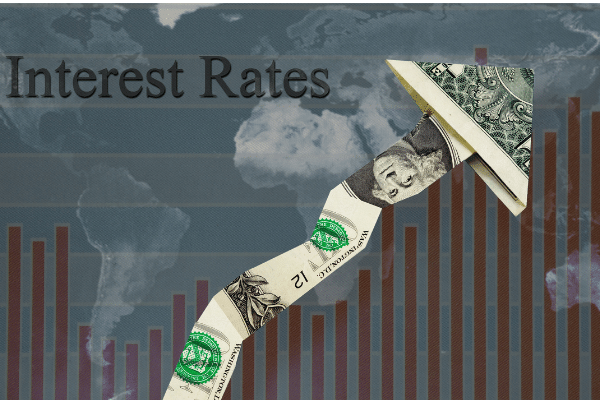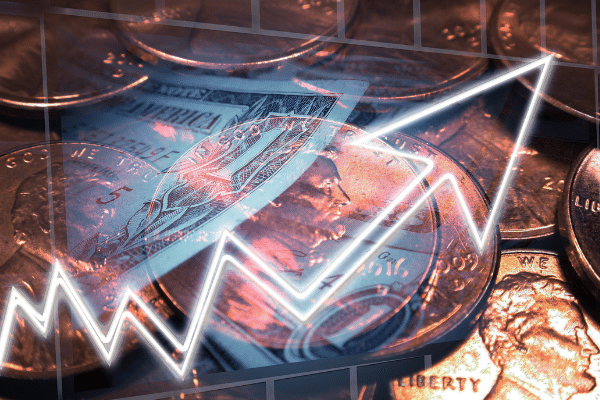
-
U.S. Treasury yields for longer-term borrowings are spiking again, rising to their highest level since the start of the pandemic
-
Fed may be forced to intervene and ratchet up asset purchases if yields spike too high, which will affect the borrowing costs for a wide variety of loans and could undermine the nascent economic recovery
Bond markets remained relatively calm last week despite the tepid response to the U.S. Treasury auction of 7-year Treasury notes, and yields, while up, showed no signs of leaving their rangebound trading.
That changed this week as a key measure of U.S. long-term borrowing costs hit its highest level since the early days of the coronavirus crisis on Tuesday, just before the end of the quarter.
Money managers are thought to be paring down holdings on bonds, just as Washington rolls out its massive US$1.9 trillion fiscal stimulus package and the U.S. economy recovers.
The fresh volatility in bond yields comes as investors weighed optimism over the vaccine rollout against another plan by the White House to boost fiscal stimulus.
At some point, investors need to question just how much the bond market can absorb.
With inflation expectations rising, demand for government debt globally has slid, combined with the massive amounts of government spending, and unprecedented monetary stimulus.
Investors are starting to price in the prospect of higher inflation combined with higher growth, and that’s causing yields to head northwards.
Jitters over inflation saw a massive selloff in U.S. Treasuries, and while short-term U.S. government debt such as the 5-year Treasury note was less affected compared to longer-dated Treasuries, it still rose to its highest level since last March.
And that has some investors wondering out loud if the U.S. Federal Reserve would raise rates sooner than anticipated if above-target inflation challenged the central bank’s promise to keep interest rates low till 2023.
In many ways, it doesn’t matter that the Fed has repeatedly articulated it will give markets plenty of time to digest any proposed rate increases – if inflation starts running away, the Fed may not have that luxury.
For now at least, the U.S. central bank is betting that any spike in inflation is likely to be a gradual shift, that inflation does not shoot up on a dime – but history is replete with examples of mismanaged economies that saw precisely that occurring.
The U.S. is far from a mismanaged economy, but there are growing concerns whether it can continue at the current pace without more inflation and even greater doubts as to whether that inflation can be controlled once it shoots beyond target.
Part of the problem is that policymakers believe they can manage inflation the way you sail a yacht in calm waters, when in reality, it’s more like trying to navigate a mega container vessel through the narrow straits of the Suez Canal.
The shift in U.S. Treasury yields has already spread across the Atlantic to Europe, where yields are already being dragged higher.
No doubt the Fed and the Biden administration will be monitoring the situation closely – higher long term borrowing costs for Washington will affect everything from mortgages to student loans and could have a detrimental effect on the fragile economic recovery.
And sharp moves in bond yields will also rattle equity markets – hitting high growth (read Tech) stocks in particular.
Depending on one’s mid-term view on bond yields, whether now is the time to buy the dip or to lock in some of those gains from the tech rally is up for debate, and part of that bet will be whether or not the Fed will ultimately intervene by ratcheting up its purchase of Treasuries to keep borrowing costs low – there’s a good chance that will happen.



